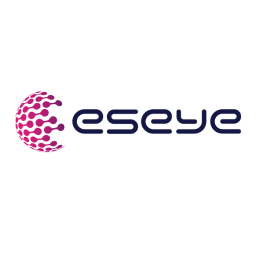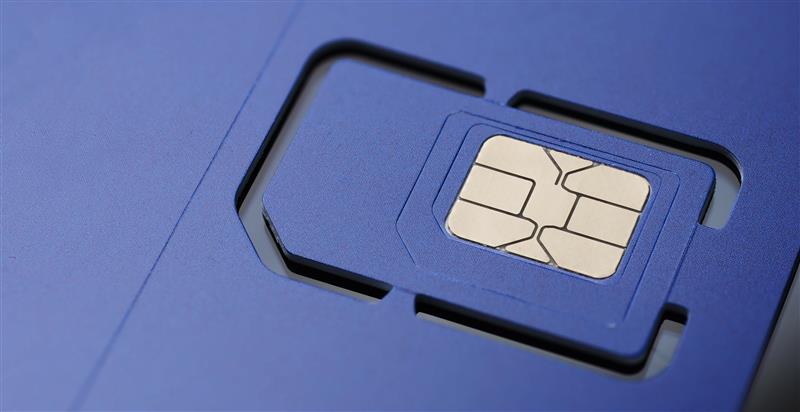Wearables have played a significant role in the explosion of IoT in the consumer sector. In the last few years, innovation has brought us a long way from the humble step-counter wristband, by way of the smartwatch, to an era where wearable IoT has potential applications in just about every vertical from manufacturing to healthcare, covering aspects from translation to wellbeing.
Driven by adoption of smartwatches, global shipments for wearables were on track to grow 6.1% by the end of 2024, reaching 538 million units according to IDC. However, growth is expected to slow to 3.9% in 2025 as large markets such as US and India approach maturity and saturation in terms of smartwatch adoption.
But there is significant growth opportunity for wearable IoT as other device types and personal trackers come to market supported by more robust and reliable connectivity. Hearables, for example, grew 10.3% in 2024 and are expected to maintain this growth trajectory in the coming years, according to IDC, as emerging markets and refresh cycles kick-in.
Smart rings and smart glasses are also going to be interesting categories as new entrants and new use cases win attention, such as Meta’s success with Ray-Ban.
How IoT enhances the functionality and connectivity of wearables

The increasing adoption of IoT wearables in both consumer and business verticals is largely driven by the convergence of technological advancements including new device types, better GSM connectivity, edge computing, and the increasing validity of real-time data analytics. It’s also worth noting that wearable devices have grown in popularity because of how convenient they are to pay for items on the go.
Now, these developments are enhancing operational efficiencies across various business and enterprise sectors, including healthcare and manufacturing, presenting lucrative opportunities for IoT applications in the coming years.
Lower power consumption and smaller radio components are pushing connectivity options beyond Bluetooth and into GSM connectivity that can make most of these wearable devices standalone rather than rely on smartphone connectivity to connect back to the cloud. This increases the range of applications as business use cases are not reliant on the wearer’s personal mobile device for connectivity.
While the wearable market to date has been driven by smartwatches and activity trackers among swimmers, cyclists, runners, gym-goers, and athletes, smart clothing and IoT-based apparel are now gaining popularity. Outside of the consumer sector, healthcare is a major segment, with smart wearables offering real-time health monitoring for patients and healthcare providers.
Older populations benefit from fall detection, location tracking, and gesture controls, while patients of all ages can benefit from monitors for chronic diseases like cardiovascular disease and obesity.
Industry applications for wearable IoT

IoT wearables are disrupting several industries beyond the fitness and wellness space.
Healthcare
The healthcare industry offers many opportunities for wearable IoT technology. Telehealth, or remote patient monitoring (RPM) using smart technology, is changing how people with long-term medical conditions and disabilities are being cared for. IoT wearables allow healthcare providers to monitor patients’ health remotely, reducing hospital visits, providing continuous data and insights, and enabling real-time intervention.
Wearable telehealth equipment is typically focused on condition monitoring and sends information back to a doctor or GP for assessment. Use cases include:
- Blood pressure monitoring.
- Asthma or chronic obstructive pulmonary disease monitoring by keeping track of oxygen levels.
- Glucose level monitoring for diabetics.
- Chronic urinary tract infection monitoring.
- Temperature monitoring.
Smart manufacturing and industrial IoT
In industrial environments, the primary use case for wearable IoT devices is to enhance worker safety and productivity. IoT wearables mean employees can be monitored continuously for location and health metrics, as well as environmental exposures. This data can also be fed into compliance tools or incident management systems to track KPIs like worker absences, vehicle and machinery damage and accidents.
Smart logistics and supply chain
As well as tracking cargo and assets, IoT also has applications for humans in the smart logistics sector to help make supply chains more efficient, reliable, and safer.
In much the same vein as with manufacturing, the primary use case for wearable IoT in logistics is to help monitor employee location and health metrics. Wearables can also include security features to activate things like warehouse doors when a worker is in proximity.
Smart fitness and wellness
As mentioned above, the fitness industry was the earliest adopter of wearable IoT technology, with devices like smartwatches, fitness trackers and smart clothing now commonplace.
As IoT devices help create bigger and more complex data sets, automated intelligence is assisting in the processing of that data to unlock value, generate useful insights and act on them. This can mean providing tailored workout recommendations based on the user’s performance and goals.
Translation
IoT-enabled wearable translators are already available that can instantly translate live verbal communication, text, street signs, menus and more in real time across multiple common languages.
Enabled by reliable high-bandwidth low-latency connectivity and increasingly powered by cloud-based AI instances, IoT devices are becoming capable of real-time linguistics and are providing immersive, contextual learning experiences for business users and consumers.
Eseye’s role in providing reliable IoT connectivity for wearables

Telehealth and telecare present a huge business opportunity for technology companies, with the value of the IoT in Healthcare (IoHT) market expected to more than double from $128 billion in 2023 to $289 billion by 2028.
In line with this growth, Eseye’s State of IoT Adoption report found that healthcare and medical device organizations rated reducing costs (29%), increasing profit (25%), and increasing revenue (24%) as the top benefits their IoT initiatives focused on.
Use case: Telli Health
Telli Health’s innovative range of global remote patient monitoring devices includes a blood pressure monitor, blood glucometer, pulse oximeter, and thermometer.
Through partnering with Eseye, Telli Health became the first in the global healthcare device marketplace to achieve eUICC certification on Verizon’s 4G LTE network in the US, using the Eseye AnyNet+ eSIM.
Key benefits of cellular IoT for Remote Patient Monitoring (RPM)

Cellular RPM devices benefit from wider network coverage, meaning patient data can be transmitted from wherever the cellular network is available, even if the device is moving.
- Fewer devices – the cellular IoT device connects to the internet directly, eliminating the need for a gateway or other internet-enabled device.
- Patient health data can be recorded and transmitted in real-time over high-bandwidth connections, enabling live alerts and updates to the patient’s healthcare team.
- Cellular RPM devices tend to be more user-friendly, particularly for patients who may not be very tech savvy.
- Cellular provider greater security and authentication – a key concern when patient safety or privacy is at stake.
Work with Eseye on your wearable IoT project
Eseye is a cellular connectivity specialist that understands the unique challenges faced by telehealth manufacturers, whose users are widely dispersed and not always tech-savvy. Working together from the planning and development stage right through to device testing and rollout, we enable them to maximise business value while minimising project risk.
Our AnyNet+ eSIM allows continuous and ubiquitous cellular connectivity to be built into telehealth devices by design. The eSIM can be programmed to automatically detect and connect to the most available mobile network and to switch network if the connection drops or the environment changes anywhere in the world, thanks to Eseye’s relationships with more than 800 mobile network operators.
Wherever you are in the development of your telehealth device, system, or service – and whether you require one-off specialist guidance or need someone to manage your expanding IoT estate – Eseye’s IoT connectivity solutions and IoT services can help you.
Eseye brings decades of end-to-end expertise to integrate and optimise IoT connectivity delivering near 100% uptime. From idea to implementation and beyond, we deliver lasting value from IoT. Nobody does IoT better.

